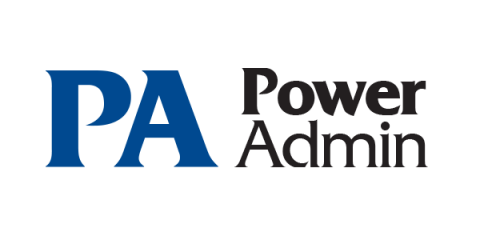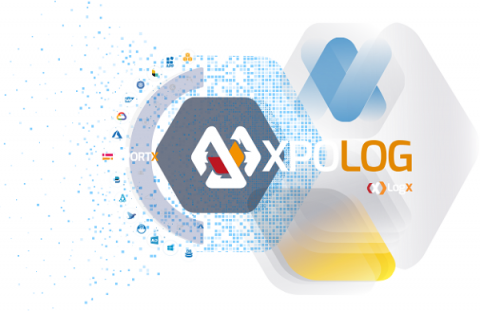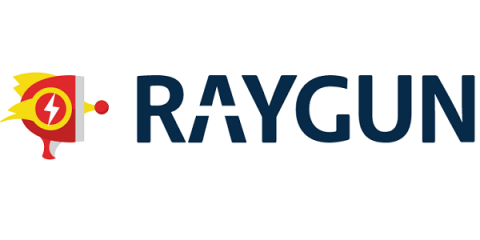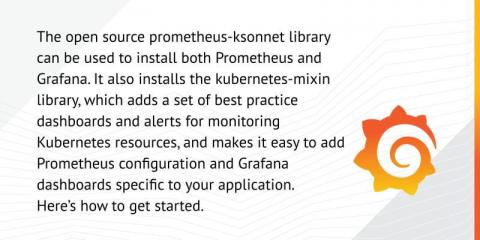Operations | Monitoring | ITSM | DevOps | Cloud
Latest News
Making data-driven decisions with log management software
Today, most enterprises rightfully think about their business strategies by leveraging available data. Data-driven decisions certainly are more solid and reliable than those based upon mere instinct, intuition or just plain mysticism. Logs, in particular, are a fantastic source of information from which a company can draw to fuel its business intelligence (BI) strategies. However, there’s a big and sometimes unbridgeable gap between theory and practice.
Custom Webhooks
LogDNA is releasing Custom Webhooks, enabling customers to easily integrate LogDNA alerts with 3rd-party services. Custom Webhooks allows you to configure a webhook’s header and body and add specific LogDNA tokens to your alerts going through that webhook.
How To Maximize On Your Usage Of Awk
Abbreviated from the names of its developers – Aho, Weinberger, and Kernighan – Awk is a scripting language used in Unix or Linux environments for manipulating data and generating reports. The awk command programming language requires no compiling, and allows the user to employ variables, numeric functions, string functions, and logical operators. In this article, we’ll be looking at some examples demonstrating its many and diverse uses.
How and Why to Monitor Logs: All You Need to Know
Logs. You have them. You need to keep track of them. The process of log monitoring can be tedious. Typically it’s one of those things we take for granted and only look at when it stops working. So, how do you deal with them? In this post, we’re going to talk about why and how to monitor logs. Toward the end, we’ll discuss a few tools that’ll help, mostly to avoid manual labor.
SolarWinds Report Shows Managed Services Remain Healthy and Profitable-Findings Reveal Key Opportunities for Growth, Including Advanced Security, Automation, and Business Operations
6 tips for preventing performance headaches in retail apps
Monitoring Setup Made Simple with Tanka and the Prometheus-Ksonnet Library
As mentioned in a previous post, at Grafana Labs we make heavy use of Tanka and the Jsonnet programming language to manage our Kubernetes infrastructure. One of the benefits of the use of Jsonnet is the depth of collaboration that it allows with others outside of your company. For example, the open source prometheus-ksonnet library can be used to install both Prometheus and Grafana.
How To Improve Application Health with Error Monitoring
Customer support teams are a crucial part of any enterprise service, and in the world of Governance, Risk, and Compliance (GRC) Software, these teams need to be focused on supporting critical customer needs, not troubleshooting application errors that have reached the customer. Sentry has proved to be a pivotal part of the toolset for industry-leading GRC software company Reciprocity.
Azure Monitor (Part 1): What is it and how does it work?
Join me on my Azure Monitor journey as I learn all there is to know about the platform. Check out my intro note here for a brief series overview and a bit about me (tl;dr former SCOM admin, avid tech blogger, SquaredUp tech evangelist). We’ll start with the basics and dive deeper as we go along. Buckle up, your journey to becoming an Azure Monitor superhero starts here!











